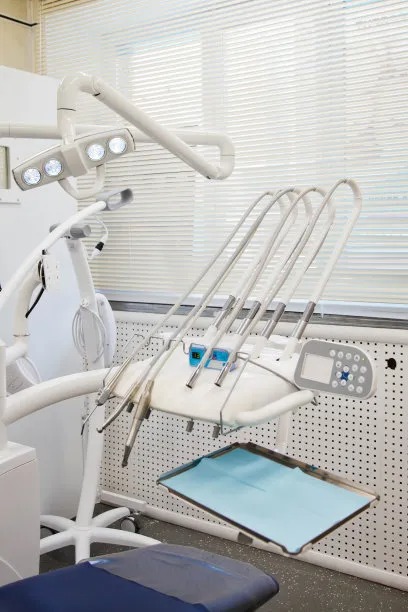Essential Precautions to Ensure Safe and Effective Root Canal Treatment for Optimal Dental Health and Pain Relief
Summary: Root canal treatment is a crucial dental procedure aimed at relieving pain and preserving optimal dental health. This article explores essential precautions that ensure both safety and efficacy during the treatment process. We delve into patient assessment and preparation, the importance of sterile techniques, the choice of materials and techniques used, and post-treatment care. By adhering to these precautions, both dentists and patients can contribute to a successful outcome, reducing complications and enhancing recovery. Ultimately, the goal is to achieve effective pain relief and long-lasting dental health for patients undergoing root canal therapy.
1. Patient Assessment and Preparation Measures

The first critical step in root canal treatment is thorough patient assessment. Dentists should conduct comprehensive evaluations which include medical history, current medications, and any allergies that might affect the treatment. This ensures that any potential complications are identified before the procedure begins, enabling appropriate adjustments in treatment protocols.
Moreover, clinicians should communicate openly with the patient regarding the procedure. This includes discussing what to expect during and after the root canal, which helps to alleviate any anxiety the patient may have. Educating the patient about the importance of the procedure for pain relief and long-term dental health can foster cooperation and understanding.
Finally, preparing the patient also involves establishing a comfortable environment. Factors like ambient lighting, temperature, and even music can significantly reduce anxiety levels. Using local anesthesia properly will also ensure the patient feels as comfortable as possible, maximizing the likelihood of a successful procedure.
2. Importance of Sterile Techniques in Dentistry
Sterility is vital to ensuring that root canal treatments are safe and effective. Dentists must maintain a sterile environment, which involves the rigorous sterilization of all instruments used in the procedure. This dramatically reduces the risk of infections, which can complicate the recovery process and lead to additional treatments.
Furthermore, dental professionals should prioritize maintaining a clean working field during the procedure itself. This includes using barriers and drapes to minimize contamination from the mouth and surrounding areas. The introduction of even minor bacteria can significantly impact the success of the treatment.
Additionally, it is essential to ensure that all dental staff involved in the procedure adhere to infection control protocols. Regular training and monitoring of adherence to these standards contribute to an effective workflow that prioritizes patient safety and care.
3. Choice of Materials and Techniques for Root Canal
The choice of materials used during a root canal procedure can significantly affect the effectiveness and safety of the treatment. Dentists should select biocompatible materials that not only seal the canal effectively but also minimize potential allergic reactions. This careful selection supports the long-term health of the tooth and surrounding tissues.
In addition to materials, the techniques employed during the procedure must adhere to best practices. For instance, using advanced imaging techniques such as digital radiography allows for improved diagnosis, as well as accuracy in treatment planning. This minimizes errors and enhances the effectiveness of the therapy.
Moreover, ongoing professional development for dental practitioners is crucial. Staying updated with the latest techniques and advancements in root canal treatment can lead to improved patient outcomes and pave the way for the adoption of new methods that enhance safety and efficacy.
4. Post-Treatment Care for Optimal Recovery
Post-treatment care is equally essential as the procedure itself. After a root canal treatment, patients should receive clear instructions regarding pain management, infection prevention, and activity limitations. Proper pain management, often through prescribed medications, will minimize discomfort during the recovery period.
Additionally, patients should be encouraged to attend follow-up appointments. These visits are crucial for ensuring that the healing process is on track and that no complications arise after the procedure. Early detection of issues can prevent more serious problems from developing.
Maintaining good oral hygiene after the treatment also plays a crucial role in recovery. Patients should be advised to avoid specific foods and follow a thorough brushing and flossing routine to keep the treated area clean. A proactive approach to post-treatment care leads to optimal dental health and can significantly enhance pain relief outcomes.
Summary:
In summary, ensuring safe and effective root canal treatment requires a multidisciplinary approach, encompassing patient assessment, sterile techniques, careful material selection, and diligent post-treatment care. By implementing these essential precautions, dental professionals can provide optimal dental health and significant pain relief for their patients. Each aspect, from initial evaluation to aftercare, plays a vital role in enhancing the overall effectiveness of the procedure and minimizing complications.
This article is compiled by Vickong Dental and the content is for reference only.



